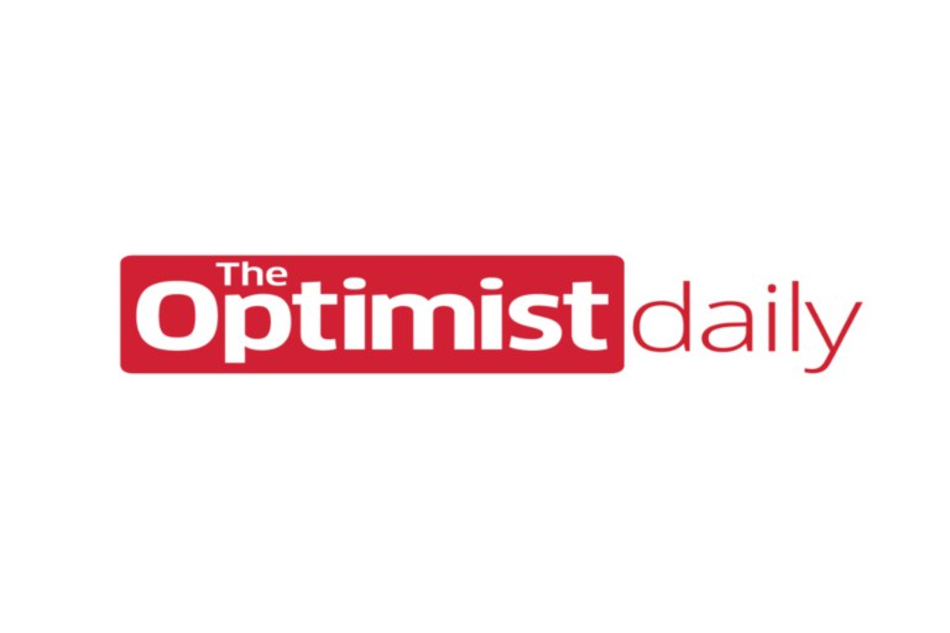In an increasingly digital world, photos may be worth much more than just a thousand words. Sharing snapshots of our food, loved ones, and vacations on social media is a common way to connect—but it can also be a useful way to help scientists track threatened and endangered species.
Through an artificial intelligence system called Wildbook, photos taken by researchers and those shared publicly on social media by civilians can be thoroughly analyzed, offering more information to the databases that scientists and environmentalists use to further their mission to protect and conserve. This incredible use of AI to extract animals’ biological information from images is called “imageomics.”
This helps environmentalists address one of their most difficult obstacles: a lack of data. Right now, the status of more than half of the 142,000 plus species listed on the IUCN Red List of Threatened Species is unknown because of a lack of data.
“We’re losing biodiversity at an unprecedented rate, and we don’t even know how much and what we’re losing,” says Tanya Berger-Wolf, the director of the Translational Data Analytics Institute at Ohio State University.
Berger-Wolf and her colleagues are the creators behind Wildbook, which identifies individual animals of species by using computer algorithms.
“Our AI algorithms can identify individuals using anything striped, spotted, wrinkled, or notched—even the shape of a whale’s fluke or the dorsal fin of a dolphin,” says Berger-Wolf.
Currently, Wildbook has more Thant two million images of 60,000 dolphins and whales, and according to Berger-Wolf these images are their main source of data on killer whales in particular.
The wide collection of images Wildbook houses “contain a wealth of data that we can extract and analyze to help protect animals and combat extinction,” she adds.
Though there are other methods for tracking population numbers and locations (such as tags and collars) the information they offer isn’t as accurate as using imageomics.
“We’re teaching machines to see things in images that humans may have missed or can’t see,” says Berger-Wolf. However, an important thing to consider is that this highly valuable information could end up in the hands of poachers, so there must be careful precautions in place to prevent this from happening.
Another consideration is that the data gathered by researchers, environmentalists, conservationists, and citizen scientists should be used collaboratively to maximize its impact.
As Berger-Wolf explains: “We have to make sure that it is a human-machine partnership in which humans trust the AI. The AI, should, by design, be participatory, connecting among the people, among the data, and among the geographical locations.”











